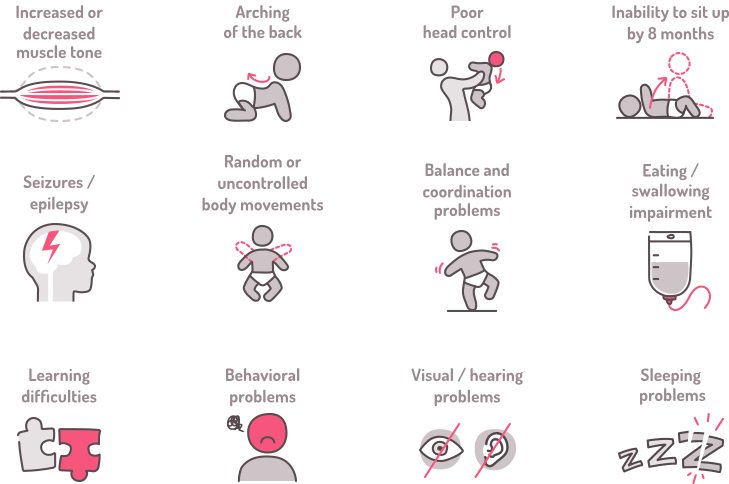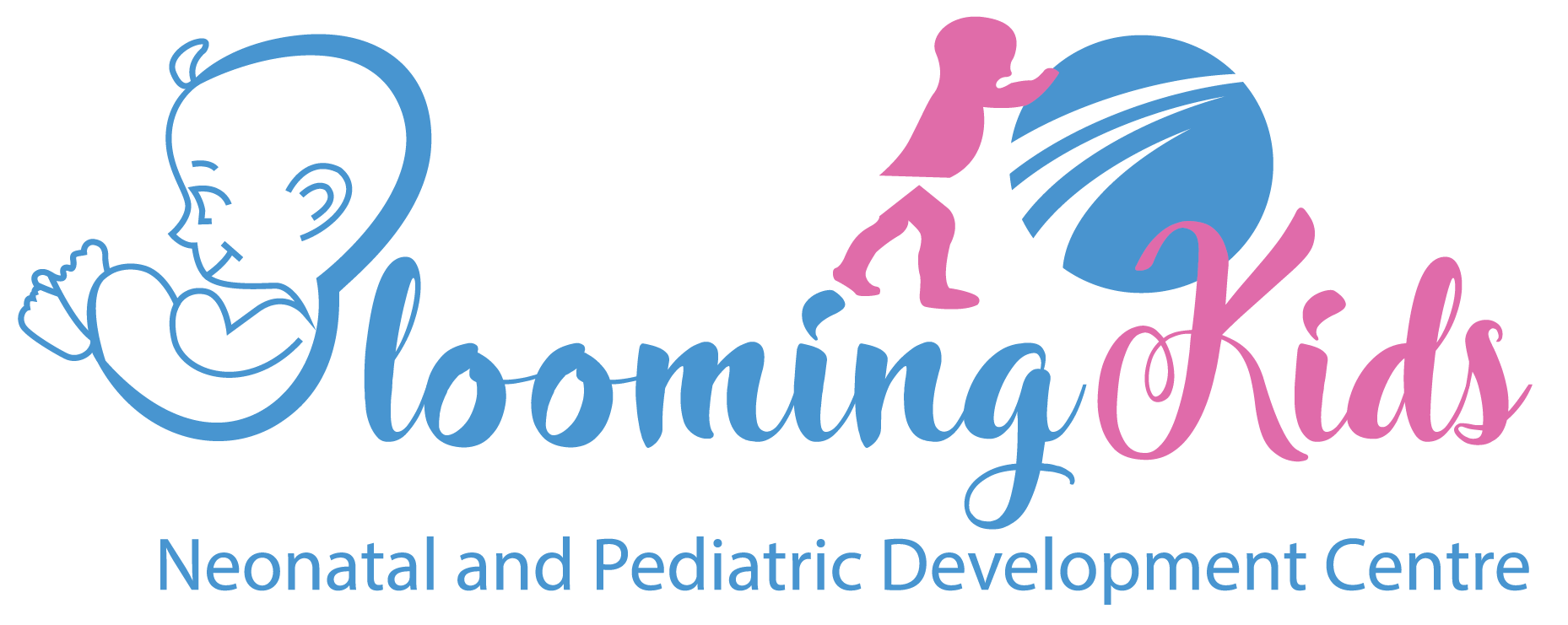Early Signs Of Cerebral Palsy
Cerebral palsy (CP) is a group of disorders that affect a person’s ability to move and maintain balance and posture. CP is the most common motor disability in childhood. Cerebral means having to do with the brain. Palsy means weakness or problems with using the muscles. CP is caused by abnormal brain development or damage to the developing brain that affects a person’s ability to control his or her muscles.
The symptoms of CP vary from person to person. A person with severe CP might need to use special equipment to be able to walk, or might not be able to walk at all and might need lifelong care. A person with mild CP, on the other hand, might walk a little awkwardly, but might not need any special help. CP does not get worse over time, though the exact symptoms can change over a person’s lifetime.

Types of Cerebral Palsy
Doctors classify CP according to the main type of movement disorder involved. Depending on which areas of the brain are affected, one or more of the following movement disorders can occur:
- -Stiff muscles (spasticity)
- -Uncontrollable movements (dyskinesia)
- -Poor balance and coordination (ataxia)
Symptoms
Signs and symptoms of cerebral palsy can vary greatly from person to person. Cerebral palsy can affect the whole body, or it might be limited primarily to one or two limbs, or one side of the body. Generally, signs and symptoms include problems with movement and coordination, speech and eating, development, and other problems.
Movement and coordination
- -Stiff muscles and exaggerated reflexes (spasticity), the most common movement disorder
- -Variations in muscle tone, such as being either too stiff or too floppy
- -Stiff muscles with normal reflexes (rigidity)
- -Lack of balance and muscle coordination (ataxia)
- -Tremors or jerky involuntary movements
- -Slow, writhing movements
- -Favoring one side of the body, such as only reaching with one hand or dragging a leg while crawling
- -Difficulty walking, such as walking on toes, a crouched gait, a scissors-like gait with knees crossing, a wide gait or an asymmetrical gait
- -Difficulty with fine motor skills, such as buttoning clothes or picking up utensils
Speech & Eating
- -Delays in speech development
- -Difficulty speaking
- -Difficulty with sucking, chewing or eating
- -Excessive drooling or problems with swallowing
Development
- -Delays in reaching motor skills milestones, such as sitting up or crawling
- -Learning difficulties
- -Intellectual disabilities
- -Delayed growth, resulting in smaller size than would be expected
Other problems
Damage to the brain can contribute to other neurological problems, such as:
- -Seizures (epilepsy)
- -Difficulty hearing
- -Problems with vision and abnormal eye movements
- -Abnormal touch or pain sensations
- -Bladder and bowel problems, including constipation and urinary incontinence
- -Mental health conditions, such as emotional disorders and behavioral problems
